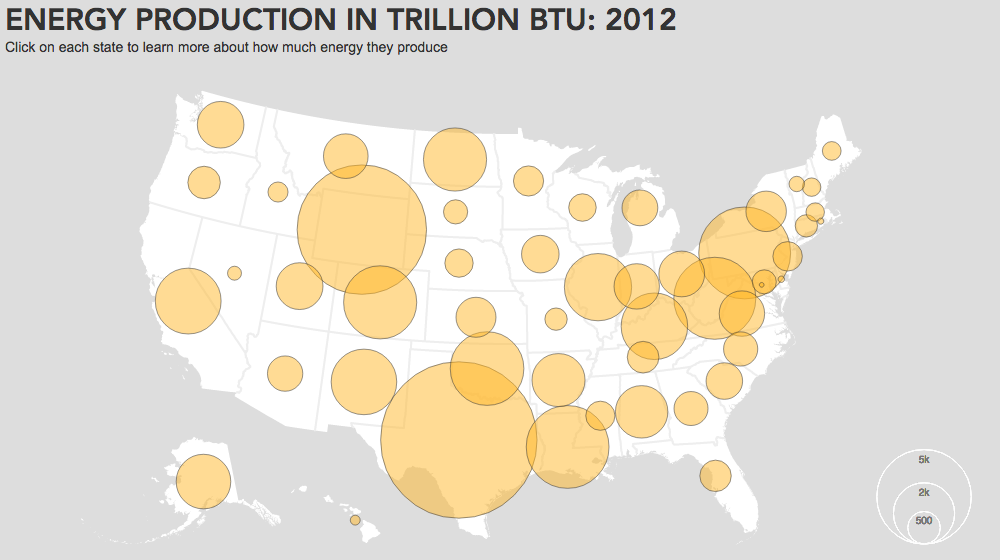Does the US need more energy?

As the world's largest consumer of energy, the United States plays a pivotal role in meeting its own energy demands. However, with a rapidly growing population and increasing reliance on technology, the question arises: does the US need more energy? In this article, we will delve into the current energy landscape in the US, the factors driving the need for increased energy, potential solutions to meet the growing demand, and the environmental considerations surrounding sustainable energy.
- The Current Energy Landscape in the US
- Factors Driving the Need for Increased Energy
- Implications of Insufficient Energy Supply
- Potential Solutions to Meet the Growing Energy Demand
- Challenges and Obstacles in Expanding Energy Supply
- Government Initiatives and Policies to Address Energy Needs
- Case Studies of Successful Energy Expansion Projects
- Environmental Considerations and the Need for Sustainable Energy
- Conclusion
- Frequently Asked Questions
The Current Energy Landscape in the US
The US currently meets its energy needs through a diverse mix of sources. While fossil fuels such as coal, natural gas, and oil have been the primary sources, there has been a significant shift towards renewable energy in recent years. Nuclear power also plays a role in the energy mix, providing a reliable and low-carbon source of electricity.
Factors Driving the Need for Increased Energy
Several factors contribute to the increasing demand for energy in the US. Economic growth, industrial development, and technological advancements all lead to higher energy consumption. Additionally, population growth and changing lifestyles result in a greater need for electricity and transportation fuels.
Implications of Insufficient Energy Supply
If the US fails to meet its energy demands, there could be severe consequences. Insufficient energy supply can lead to power outages, hinder economic growth, and impact the quality of life for its citizens. Moreover, reliance on imported energy can pose national security risks and strain foreign relations.
Potential Solutions to Meet the Growing Energy Demand
Meeting the growing energy demand requires a multi-faceted approach. Expanding renewable energy sources such as solar, wind, and hydropower can help diversify the energy mix and reduce greenhouse gas emissions. Energy efficiency measures, such as improving building insulation and implementing smart grid technologies, can also play a significant role in reducing energy consumption.
Challenges and Obstacles in Expanding Energy Supply
Expanding energy supply in the US faces several challenges. These include the high upfront costs of renewable energy infrastructure, the intermittency of certain renewable sources, and the existing dependence on fossil fuels. Additionally, there may be opposition from certain stakeholders due to concerns about environmental impacts and land use.
Government Initiatives and Policies to Address Energy Needs
The US government has implemented various initiatives and policies to address the country's energy needs. These include tax incentives for renewable energy projects, research and development funding for innovative technologies, and regulations aimed at reducing emissions from power plants and vehicles. Additionally, the government has encouraged energy conservation through programs such as ENERGY STAR and the Energy Management Assistance Program.
Case Studies of Successful Energy Expansion Projects
Several successful energy expansion projects in the US serve as examples of how the country can meet its growing energy demand. The Ivanpah Solar Power Facility in California, for instance, is one of the world's largest solar thermal power plants. The Cape Wind project off the coast of Massachusetts is a pioneering offshore wind farm that has the potential to generate clean energy for thousands of homes.
Environmental Considerations and the Need for Sustainable Energy
As the global climate crisis intensifies, there is an urgent need to transition towards sustainable energy sources. Renewable energy options not only reduce greenhouse gas emissions but also decrease air and water pollution. Embracing sustainable energy can help mitigate the impacts of climate change and safeguard the environment for future generations.
Conclusion
The need for increased energy in the US is undeniable. As the population grows, technology advances, and lifestyles evolve, the demand for energy continues to rise. It is crucial for the US to pursue a diversified energy mix, invest in renewable sources, and prioritize energy efficiency to meet this demand sustainably. By doing so, the US can ensure a stable energy future and contribute to global efforts in combating climate change.
Frequently Asked Questions
1. How does the US currently meet its energy needs?
The US currently meets its energy needs through a mix of fossil fuels, renewable energy sources, nuclear power, and imported energy.
2. What are the primary sources of energy in the US?
The primary sources of energy in the US include coal, natural gas, oil, nuclear power, and renewable sources such as solar, wind, and hydropower.
3. What are the main drivers behind the increasing energy demand in the US?
Economic growth, industrial development, population growth, and technological advancements are the main drivers behind the increasing energy demand in the US.
4. Are renewable energy sources a viable solution to meet the growing energy demand?
Yes, renewable energy sources are a viable solution to meet the growing energy demand. They are sustainable, reduce greenhouse gas emissions, and contribute to a cleaner environment.

Leave a Reply